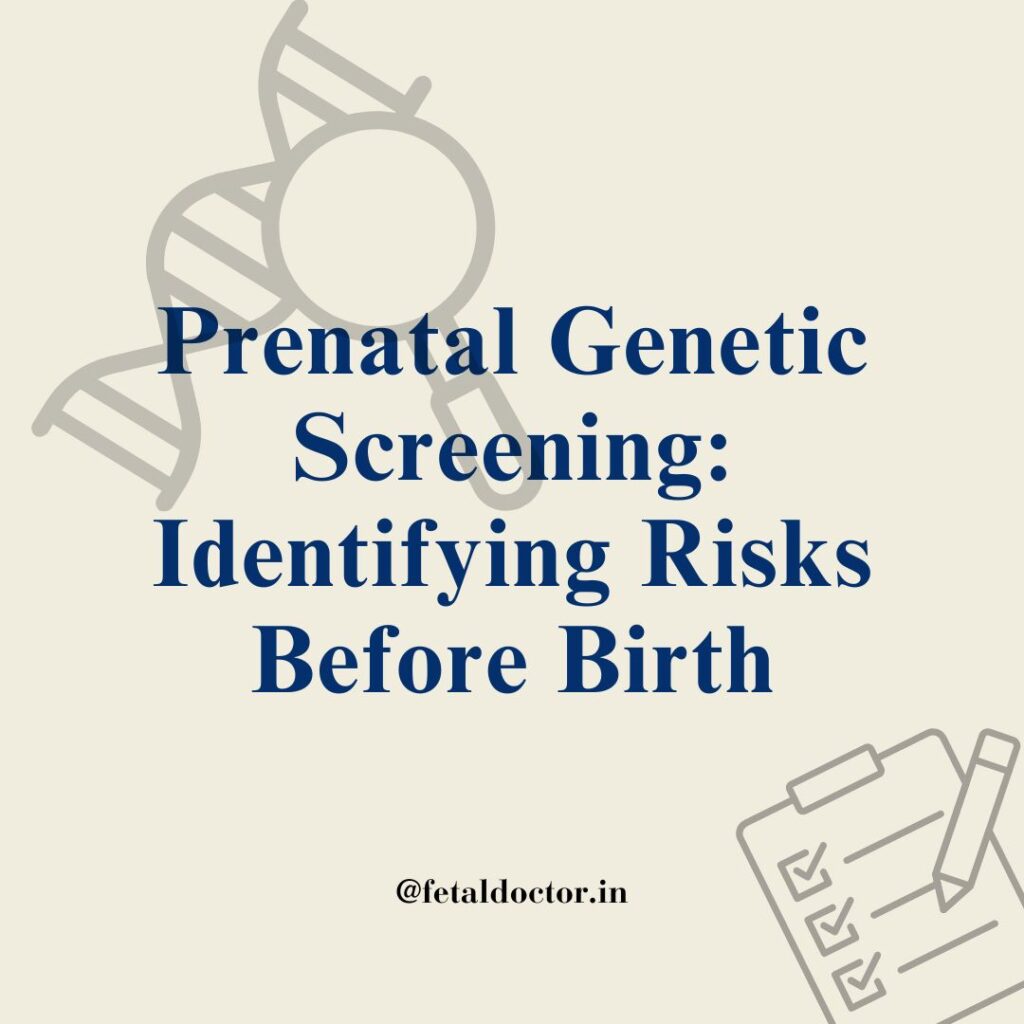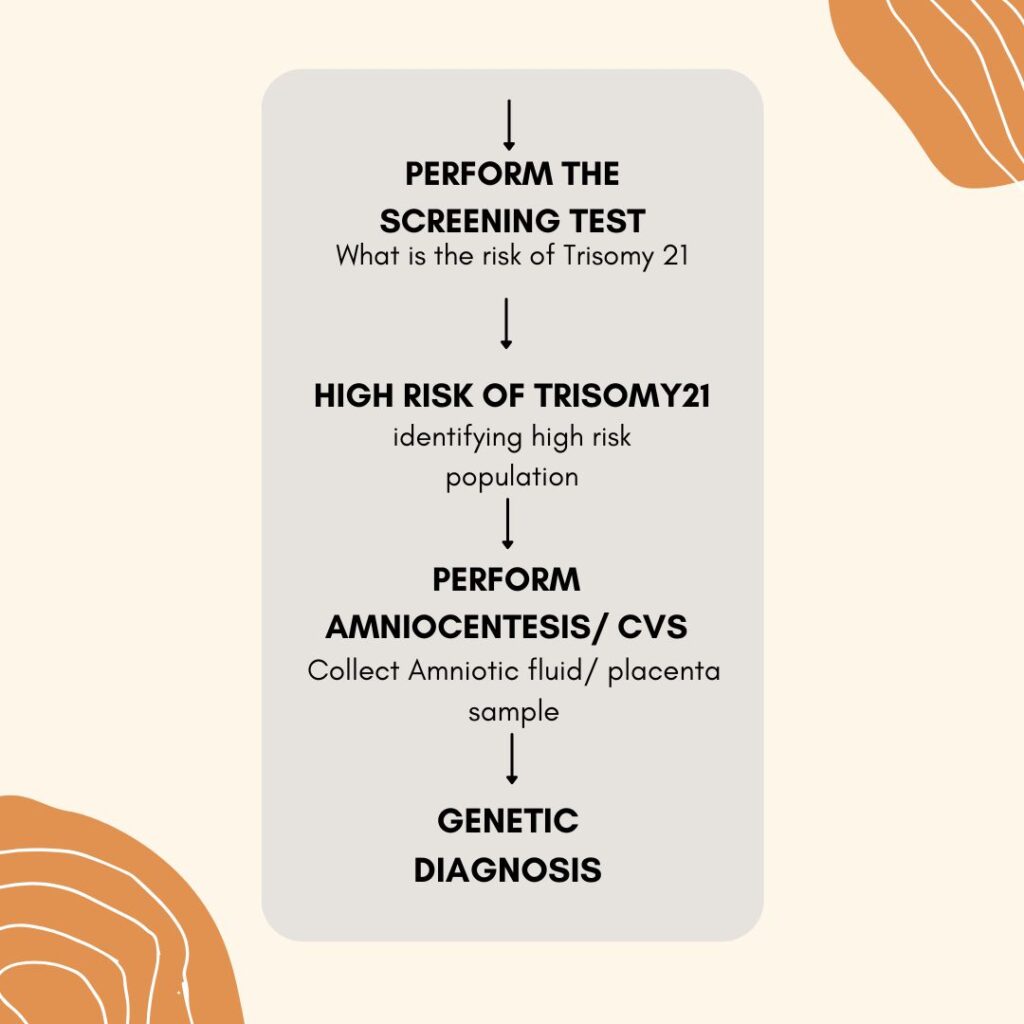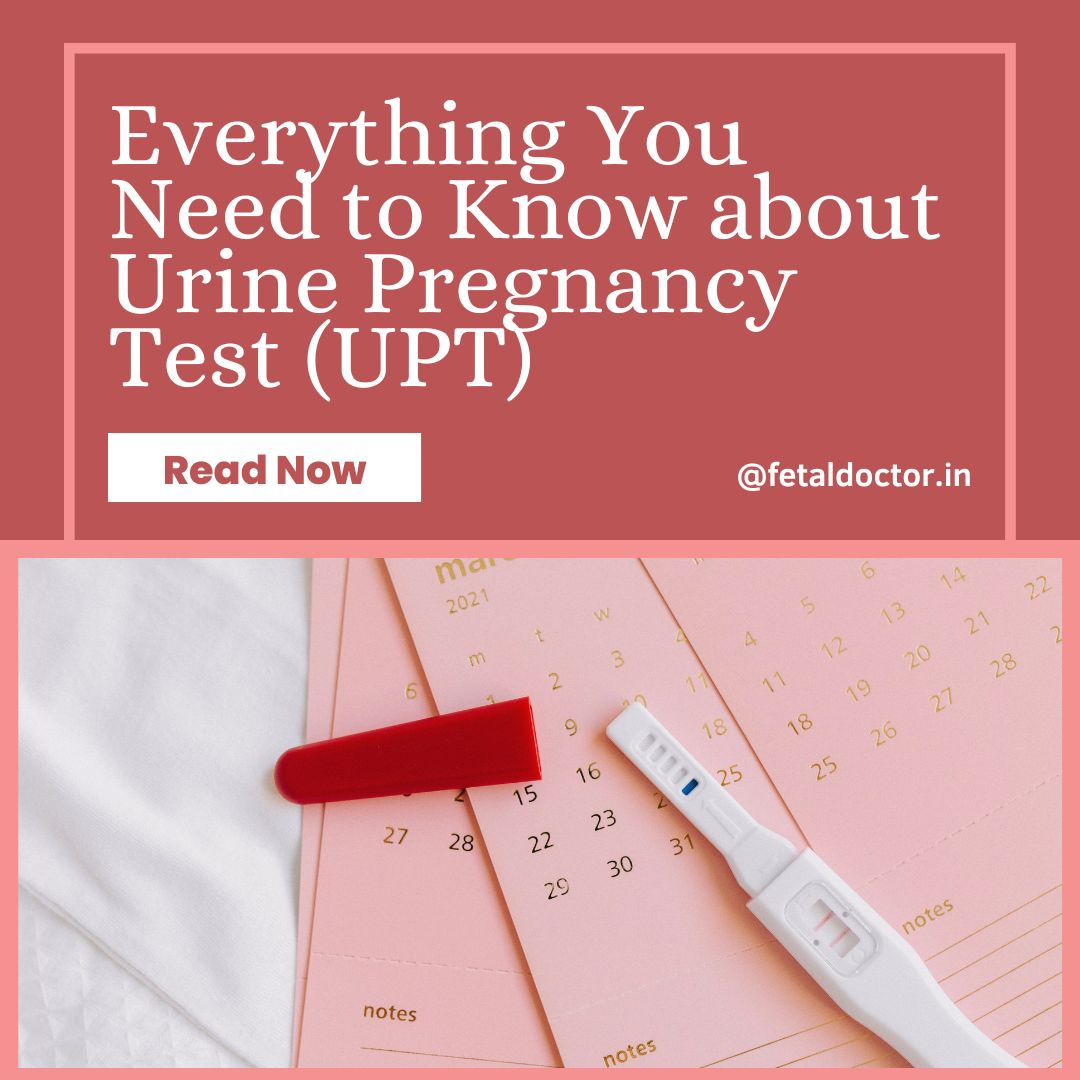Prenatal Genetic Screening: Identifying Risks Before Birth

Understanding the Need for Genetic Testing
In a previous blog, we explored the fascinating world of genetics and the various conditions that arise from chromosomal or genetic abnormalities. But how do we diagnose these conditions? The answer lies in Prenatal genetic screening.
Genetic conditions result from an abnormal composition of chromosomes or genes. To detect these conditions, we need a sample of tissue with actively growing cells. These cells are cultured in a laboratory, and their genetic material is analyzed to determine if an abnormality is present.
It sounds straightforward—walk into a lab, provide a tissue sample, wait for the test results, and receive a diagnosis.
But pregnancy complicates this process. How do we obtain a sample from a fetus growing deep within the mother’s womb without causing harm?
This challenge has led to the development of different prenatal genetic testing methods—some invasive and some non-invasive—each with its own risks, accuracy levels, and financial implications.
Invasive Testing: The Most Direct Approach
The most definitive way to diagnose a genetic condition is by collecting fetal tissue. Fortunately, we know that the amniotic fluid surrounding the baby contains fetal cells. Using an ultrasound-guided needle, a small amount of this fluid can be aspirated—a procedure known as amniocentesis. Another option is to collect tissue from the placenta through chorionic villus sampling (CVS). These samples are then analyzed in a lab to detect genetic abnormalities.
So, have we solved the problem? Yes—but at a cost.
These procedures, though effective, carry a 0.5–1% risk of miscarriage. This means that out of every 100 women undergoing the procedure, at least one may experience pregnancy loss.
Is This Risk Acceptable?
For most, it’s an unacceptable trade-off. The Risk outweighs the Benefits.
This dilemma is where prenatal screening plays a crucial role—helping us determine who actually needs an invasive test and who can safely avoid it.
The Role of Screening: Identifying High-Risk Pregnancies
Screening is a powerful tool used in medicine to identify individuals at higher risk of a condition. Instead of subjecting everyone to expensive or invasive tests, screening starts with a non-invasive, affordable, and widely applicable test. Based on the results, only those classified as high-risk are advised to undergo further diagnostic testing.
Prenatal screening follows this same principle. Instead of performing invasive procedures on all pregnant women, screening tests help identify those with an increased likelihood of carrying a baby with a genetic condition. Only these high-risk cases are then offered invasive diagnostic tests, such as amniocentesis or CVS.
“This approach is similar to cervical cancer screening. All women undergo a Pap smear, a simple and widely accepted test that helps detect those at higher risk. Only those with abnormal findings are referred for colposcopy and biopsy, which provide a definitive diagnosis.”
By applying this strategy to prenatal care, we ensure that invasive procedures are reserved only for those who truly need them, minimizing risk while maintaining accuracy in detecting genetic conditions.

What Genetic Conditions Can Be Detected?
It’s important to understand that prenatal screening does not detect all genetic conditions. It is specifically designed to identify the most common chromosomal abnormalities associated with intellectual disability, particularly:
- Trisomy 21 (Down syndrome)
- Trisomy 18 (Edwards syndrome)
- Trisomy 13 (Patau syndrome)
While these conditions have well-established screening strategies, some rare genetic disorders may go unnoticed unless specific diagnostic tests are performed.
Strategies for Prenatal Screening
Prenatal screening assesses the risk of genetic conditions using two primary strategies:
1. Maternal Blood Markers (Biochemical Screening)
Pregnancies affected by chromosomal abnormalities often show altered levels of placental and fetal hormones in the mother’s blood. By measuring these levels, we can estimate the likelihood of trisomy 21, 18, and 13.
2. Ultrasound Markers (Sonographic Screening)
Certain fetal structural features are known to be associated with chromosomal conditions. Key ultrasound markers include:
- Nuchal translucency (NT): Thickness of fluid at the back of the baby’s neck
- Nasal bone assessment: Presence or absence of the nasal bone
- Tricuspid valve flow: Detecting regurgitation, which may also indicate heart abnormalities
- Ductus venosus Doppler: Assessing blood flow patterns in a critical fetal vein.
By combining biochemical and ultrasound markers, we can calculate an individualized risk score for each pregnancy. This helps identify high-risk cases that may need further diagnostic testing while reassuring those at low risk.
| Screening Test | Components | Detection Rate (Trisomy 21) |
| Double Marker Test | – PAPP-A (Pregnancy-Associated Plasma Protein A) – Free β-hCG (Beta-Human Chorionic Gonadotropin) | ~ 60–70% |
| Combined Screening (First Trimester Screening – FTS) | – PAPP-A – Free β-hCG – Nuchal translucency (NT) measurement (Ultrasound) | ~ 85–90% |
| Quadruple Test (Second Trimester Screening) | – AFP (Alpha-fetoprotein) – hCG (Total or Free β-hCG) – uE3 (Unconjugated Estriol) – Inhibin A | ~ 75–80% |
| NIPT (Non-Invasive Prenatal Testing) | -Cell-free fetal DNA (cfDNA) in maternal blood | >99% |
Final Thoughts: Making an Informed Choice
Choosing the right screening test depends on several factors, including cost, accuracy, timing, and personal preferences.
While non-invasive tests like NIPT offer exceptional accuracy, they may not be financially feasible for all. On the other hand, first-trimester combined screening provides a cost-effective yet reliable option for most pregnancies.
By understanding the principles of screening and diagnosis, expecting parents can make informed decisions, ensuring the best possible care for both the baby and themselves.
If you have any doubts or concerns, always consult a Fetal Medicine Specialist, who can guide you through the screening process and help you make the most informed decision.

